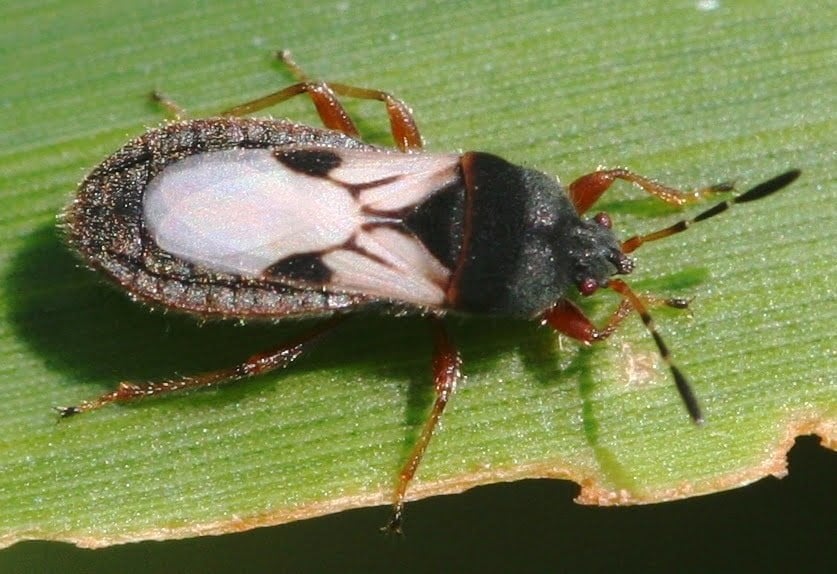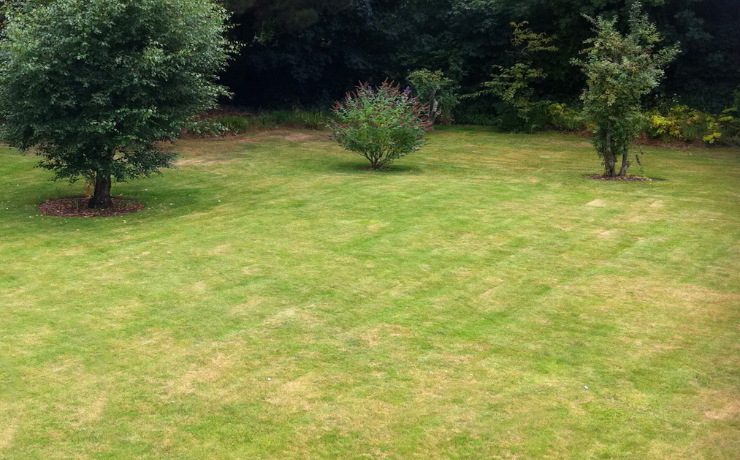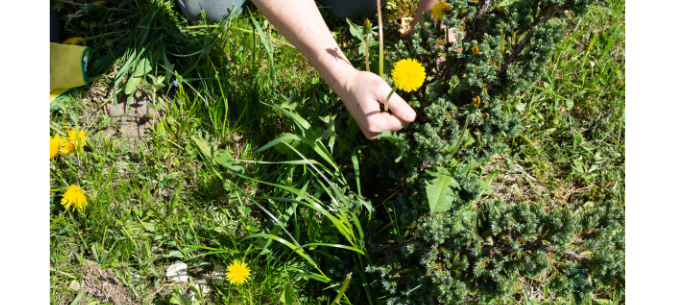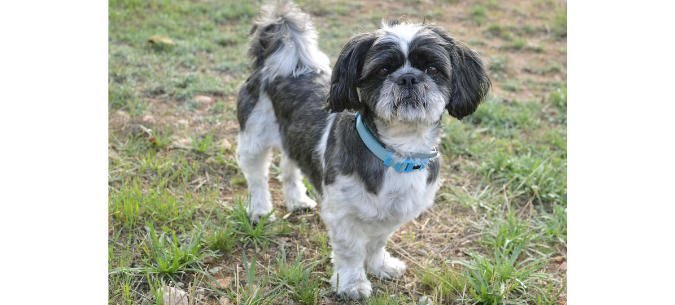





Have questions about your services?
We will email you back within a few hours on a working day
Transform your lawn
Talk to a lawn
specialist
Address
Name
Contact
Service
Our Blogs
Our thoughts, Views and Everything

Chinch Bugs: The Pests That Will Annihilate Your Lawn
“I could look down into the thatch and see 30-40 of them in a 1’ x 1’ area.”
Only a handful of lawn pests have the capacity to completely annihilate your grass, chinch bugs being one. They reproduce so quickly that they often reach damaging levels so quickly.
A chinch bug infestation is often confused as drought damage. As the weather gets hotter, it’s important for homeowners to be able to distinguish between the two. These pests emerge during the warmer temperatures of spring and summer. The hotter the temperatures, the more active this bug population will be.
What Are Chinch Bugs?
A chinch bug is a small insect that tends to gather on open patches of turf in North America. These bugs feed on grass, and due to their size, are not easily noticeable. They are about 5 mm long when fully matured. They emerge from hibernation after the winter freeze and return to lawn grasses to breed and feed before their death.
.png?width=675&name=Blog%20Photos%20(10).png)
Chinch bugs are lawn pests, and although there are many different types, you’ll find in Canada the hairy chinch bug reigns supreme. With piercing mouthparts, these bugs will feed on the sap of grass plants. Immature bugs are a bright red colour with distinctive white bands across their back.
As they mature, it’s colour will change from orange to brown and finally black. Adult chinch bugs have white wings folded over their backs. These pests are often less than ¼” long. Due to their small size, the population of these bugs can increase to infestation levels before you notice them.
The hairy chinch bug likes to feed on many types of turf grasses, including the grass growing around your home.
What Is The Damage Chinch Bugs Cause?
Calgary Chinch bugs feed by sucking the sap from the crown and stem of turf grasses. The damage they cause shows up as yellow, dead patches of grass and is often mistake for drought because the harm they cause appears readily in hot weather.
As the bug feeds on the blade of grass, they inject poison from their saliva into the blade. This causes damage to the plant’s vascular tissues which conduct water throughout the blade. Soon it turns yellow and dies, and the chinch bug moves onto a neighboring blade.
.png?width=675&name=Blog%20Photos%20(12).png)
Over time, large patches of yellow grass will appear across your lawn. Yards with less thatch and properly watered, are able to withstand the damage better. However, after the chinch bugs have injected their poison, your grass will not be responsive to irrigation.
If chinch bugs feed on your grass unchecked, a severe infestation will destroy the entire lawn. If you notice patches of dead grass despite regular feeding and watering of your lawn, the chances are you have a chinch bug infestation.
.png?width=675&name=Blog%20Photos%20(11).png)
Chinch bugs are heat loving bugs and will therefore gravitate towards the naturally warmer parts of your property. This is why you’ll notice damage near driveways, sidewalks, or the foundations of your home. The damage will spread in hot, dry weather and could eventually destroy the entire lawn.
How To Identify Chinch Bugs
They overwinter in your lawn’s thatch, and the chinch bugs will emerge with warm spring temperatures. They really enjoy the heat so as temperatures warm the damage will get worse. It’s for this reason a chinch bug infestation often gets mistaken for drought stress in your lawn. If you’re lawn is well irrigated, and you still find spots of dry looking grass you might have chinch bugs.
Use A Coffee Tin
The most common way to identify chinch bugs is to cut both sides off of a tin can.
Push one side down into a patch of dead, yellow grass. Make sure the can is planted on the perimeter of the dead patch, circling half green grass and half yellow. Pour water into the can and wait for 5-10 minutes. Stir the water and wait for the chinch bugs to float to the top.
Without using a tin can, you can identify chinch bugs by getting down on your hands and knees and looking closely into the grass of your lawn. If you have an infestation, you’ll see little bugs scurrying around.
Preventing Chinch Bugs
Chinch bugs gravitate towards poorly tended lawns. These include properties with compacted soils, grass with thick layers of thatch, poorly tended grass (i.e., incorrect watering or mowing), and excess of nitrogen. So, like most things in lawn care, maintaining your lawn is your best defense against chinch bugs.
Aerate
Aerate in the fall to prepare your lawn for the following season. Not only will it decrease compaction, but it will also diminish the thatch layer of your grass.
Fertilize
When it comes to maintaining the proper nitrogen content in your soil, the best way to feed your grass is with a slow-release fertilizer. This fertilizer maintains it's form in the soil and will not wash away with water. Slow release fertilizers slowly add nutrients into the soil. You don’t want to over fertilize because it will encourage more insect activity.
Water The Lawn Consistently
Water the lawn thoroughly and consistently during the summer. This means 1 inch of water per week. We recommend watering twice per week a half inch each time. Put a frisbee down on the lawn and when water fills it halfway you’ve completed your quota.
Do this twice a week and your lawn should have received all the water it needs.
Getting Rid Of Chinch Bugs
If left untreated, these bugs will wreak havoc on your lawn. The difficulty in getting rid of chinch bugs comes from their ability to overwinter. These bugs will pass through winter under hedges and shrubs and are back again the following year. In 2021, some communities had such a high level of infestation that garden centers were completely sold out of product to control the bugs.
For small infestations, Safer Soap has been approved for organic use. This product dries out the bugs and they die. Although this alternative sounds good, it requires special care.
The bugs need to be fully soaked to die, and if you don’t catch them in action there is no way to fully soak them. Some who purchased the product noticed the death of their garden plants as well.
To control an infestation of chinch bugs and ensure most of the population is removed, book with a company that is certified. At Yard Dawgs we recommend two treatments per season – one in June and a second between August and September. Our application is a full blanket spray across the lawn, with extra attention to areas of dead and dry grass. With a reduction of 75% in population after one application, chinch bugs won’t be able to do a lot of damage after that.
Re-Seeding Your Lawn After Chinch Bugs
After chinch bugs have damaged your lawn, it will need help returning to peak performance, it won’t be able to repair on its own after that type of damage.
The most obvious way you’ll want to support your turfs regeneration is by overseeding. To re-seed bare patches in your lawn:
-
Rake the patch of dead grass or dirt you plan to seed
-
Spread a thin layer of soil about 1-centimeter in depth
-
Generously sprinkle on the grass seed, distributing it evenly over the area
-
Rake it slightly to secure the seed
-
Pat down the soil in that area for more soil to seed contact
-
To finish, lightly sprinkle a fine layer of soil on top of that area
After re-seeding any dead patches of grass make certain you’re watering enough to keep the top inch of soil moist. If the seed dries, it dies.
Of course, chinch bugs may come back, but if you remain vigilant in properly watering, mowing, and caring for your lawn, chinch bugs won’t be interested in the healthy environment you'll have cultivated.
.png?height=600&name=Untitled%20design%20(5).png)
Hi, I'm Clare Ottenbreit
Clare Ottenbreit is the Yard Dawgs Content Manager. In her Marketing role she coordinates and manages content, social media engagement and blogs. Clare has a diploma in Journalism from the Southern Alberta Institute of Technology. In addition to working with Yard Dawgs, she is an avid hiker and runner.
Popular Posts
-
 When Does Chinch Bug Damage Appear? After the first bout of extremely hot weather, chinch bug damage often appears. If there is living grass...
When Does Chinch Bug Damage Appear? After the first bout of extremely hot weather, chinch bug damage often appears. If there is living grass... -
 The silent killers from the East have unfortunately found their way to the West. The hairy, black, white and orange spotted insect known as the...
The silent killers from the East have unfortunately found their way to the West. The hairy, black, white and orange spotted insect known as the... -
 When To Put Weed Control On Lawn
When To Put Weed Control On Lawn -
 “I could look down into the thatch and see 30-40 of them in a 1’ x 1’ area.” Only a handful of lawn pests have the capacity to completely...
“I could look down into the thatch and see 30-40 of them in a 1’ x 1’ area.” Only a handful of lawn pests have the capacity to completely... -
 Your dog’s urine is killing your lawn because of the nitrogen content in their pee. Applying excess amounts of nitrogen to your grass will cause the...
Your dog’s urine is killing your lawn because of the nitrogen content in their pee. Applying excess amounts of nitrogen to your grass will cause the...






